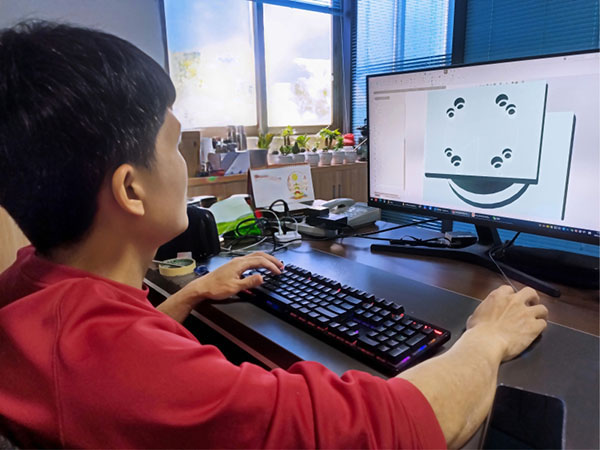Stainless steel vacuum insulated cups have gained widespread popularity in daily life due to their excellent thermal insulation properties and portability. However, with varying product quality in the market, China has established a series of national standards for stainless steel vacuum insulated cups to protect consumer rights. These standards provide detailed regulations covering multiple aspects including thermal performance, sealing performance, material safety, production processes, quality control, and product labeling.
Thermal performance serves as a key quality indicator for stainless steel vacuum insulated cups. According to national standards, cups must pass two types of tests to verify their insulation effectiveness. The first is a room temperature environment test, requiring the cup to maintain temperature variations within ±25°C after 24 hours at room temperature. The second is a hot water test where boiling water poured into the cup must stay above 50°C for a specified duration at room temperature. These standards ensure the cups can provide suitable drinking temperatures in both winter and summer conditions.
Sealing performance represents another crucial aspect of cup quality. National standards impose strict requirements through two testing methods: pressure testing and inversion testing. Pressure testing involves injecting air into a water-filled cup to check for leaks under pressure, while inversion testing requires observing the cup for 24 hours in an inverted position. Qualified cups must pass both tests without any leakage, ensuring both thermal efficiency and prevention of spill-related issues.

Regarding materials, national standards mandate that the inner liner must use food-grade stainless steel such as 304 stainless steel, known for its excellent corrosion resistance and high-temperature tolerance. Accessories like lids and sealing rings must employ non-toxic, odor-free environmentally friendly materials such as silicone. For coatings, the standards require the use of safe, odorless materials like ceramic coatings to enhance both aesthetics and durability.
In terms of production processes and quality control, national standards require compliance with regulations such as GB/T 29606-2013. Manufacturers must maintain advanced production equipment and implement strict quality management systems, conducting rigorous inspections at every stage from raw material procurement to finished product evaluation. These measures ensure stable, reliable product quality that meets both national standards and customer requirements.
Additionally, product labeling and instructions form an integral part of the standards. Labels must be clear, standardized and easy to understand, including product name, manufacturer information, and contact details. Instruction manuals should comprehensively explain proper usage methods, precautions, and maintenance procedures to help consumers correctly use and care for their products. This information not only helps consumers understand product basics but also facilitates prompt manufacturer contact when issues arise.
The national standards for stainless steel vacuum insulated cups comprehensively cover multiple aspects including thermal insulation performance, sealing capability, material safety, production processes, quality control, and product labeling. The formulation and implementation of these standards have not only enhanced the product quality of insulated cups but also safeguarded consumer rights and health. Therefore, when purchasing and using insulated cups, consumers should pay attention to whether the products comply with national standard certifications and choose products that meet these national standards.